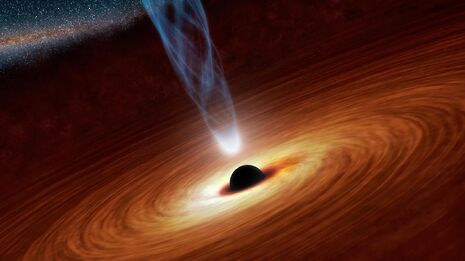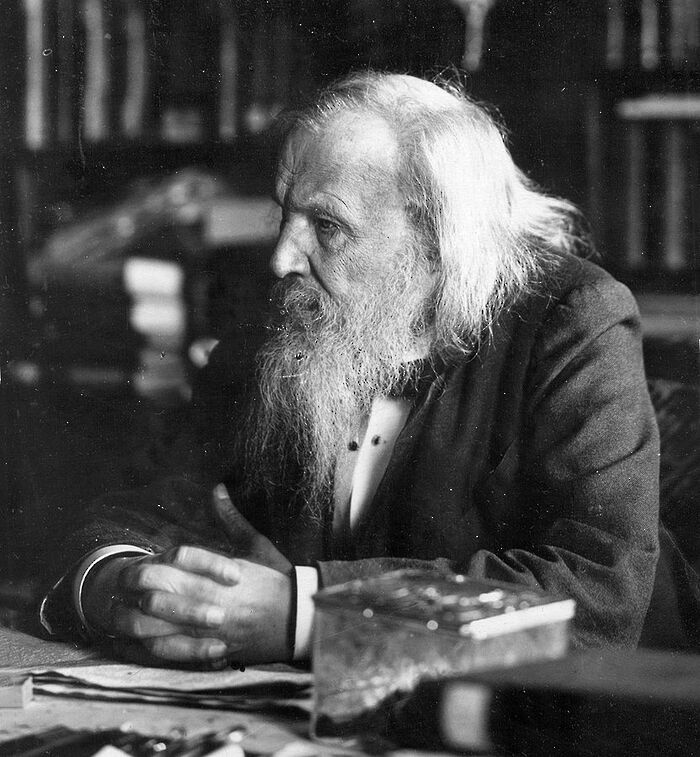Analogue gravity: empirical evidence or an amusing feat of engineering?
Grace Field asks what we can learn about black holes without being able to directly perform experiments on them

Black holes are far beyond scientists’ experimental reach. They cannot be experimentally manipulated. Instead, they are observed and their behaviour analysed. Black-hole scientists collect cosmic data, and then spend most of their time analysing the data to pick apart different signals. Data analysis replaces the work that would otherwise be done by experimental manipulation.
But for Hawking radiation, an extremely weak thermal flux that – according to a theoretical prediction – should emanate from black holes, observation and analysis are not enough. Because gravitational redshift stretches a signal’s wavelength as it moves towards less extreme space-time curvature, Hawking radiation – if it exists – becomes less and less energetic as it moves away from its source and towards observers on Earth. It becomes much too weak to pick apart from stronger signals that dominate cosmic observations.
Black-hole scientists, then, face a problem, because they want to know whether Hawking radiation really exists. They want to know if their theoretical prediction is correct. But it seems impossible for them to find out whether Hawking radiation exists, since they cannot run experiments on black holes, and they cannot pick Hawking radiation out from their cosmic observations.
“Analogue gravity has recently been embroiled in both success and controversy”
In 1981, scientists’ inability to detect Hawking radiation sparked the creation of an entirely new field of physics called ‘analogue experimentation’. An analogue experiment is an experimentally accessible ‘source’ physical system that mirrors the mathematical structure of a less experimentally accessible ‘target’ system. Scientists who construct analogue experiments aim to learn about their target system based on empirical data collected from the source system, using the following reasoning: since the source and target systems are described by the same mathematical structure, if the source system exhibits some phenomenon under some circumstances, then the target system would exhibit an analogous phenomenon under analogous circumstances.
Physicist Bill Unruh, in 1981, suggested using analogue experimentation to solve the Hawking radiation detection problem. He realised that, just like light waves cannot escape from regions where spacetime curvature is too extreme, sound waves cannot flow upstream in regions of a river where the downstream rate of flow is faster the speed of sound. Motivated by this simple analogy, and the fact that it is complemented by a strict mathematical analogy between the acoustic and gravitational systems, Unruh suggested using acoustic horizons in fluids as analogues for event horizons in astrophysical black holes. He urged experimentalists to construct model black holes out of fluids, and test whether those model black holes emit Hawking radiation – from these results, we would learn about whether real astrophysical black holes emit Hawking radiation.
Analogue gravity has recently been embroiled in both success and controversy. It took over thirty years for an experimentalist to actually construct a fluid analogue gravity system and test its behaviour. Finally, in 2016, Jeff Steinhauer published results that claim to show Hawking radiation in an analogue fluid black hole. He took his results as “experimental confirmation of Hawking’s prediction”. Soon after, Radin Dardashti, Stephan Hartmann, Karim Thébault and Eric Winsberg, all philosophers of science, defended analogue experimentation as a robust inference structure that does have the power to teach us about its target system.
Not everyone agrees. Daniel Harlow, a physicist whose work sits at the theoretical interface of quantum mechanics and gravity, dismissed Steinhauer’s experiment as “an amusing feat of engineering” that “won’t teach us anything about black holes”. And just three months ago, Karen Crowther, Niels Linnemann and Christian Wüthrich published a scathing rebuttal to Dardashti, Hartmann, Thébault and Winsberg’s work. Crowther, Linnemann, and Wüthrich argue that analogue simulation is viciously circular as a mode of scientific inference because it relies on the fact that we think the source and target systems can be described by the same mathematical structure – but whether the target system actually can be described by that mathematical structure is exactly what we are trying to test.
So is analogue experimentation a new way to test the structure of space-time, or merely “an amusing feat of engineering”? The discussion remains open. If it is a new way to test the structure of space-time, then scientists have learned how to look into the structure of the astrophysical world by running experiments on fluid systems no larger than their lab table-tops. Too much to expect, perhaps, but exciting nonetheless.
 News / Eight Cambridge researchers awarded €17m in ERC research grants27 December 2025
News / Eight Cambridge researchers awarded €17m in ERC research grants27 December 2025 News / Downing investigates ‘mysterious’ underground burial vault 29 December 2025
News / Downing investigates ‘mysterious’ underground burial vault 29 December 2025 Lifestyle / Ask Auntie Alice29 December 2025
Lifestyle / Ask Auntie Alice29 December 2025 Sport / Hard work, heartbreak and hope: international gymnast Maddie Marshall’s journey 29 December 2025
Sport / Hard work, heartbreak and hope: international gymnast Maddie Marshall’s journey 29 December 2025 Interviews / Meet Juan Michel, Cambridge’s multilingual musician29 December 2025
Interviews / Meet Juan Michel, Cambridge’s multilingual musician29 December 2025










